Advanced NDT
Seeing Beyond the Surface
Advanced NDT Services
Advanced Non-Destructive Testing (NDT) Services employ specialized techniques to assess materials and structures without causing harm. These techniques, including Computed Tomography (CT), Phased Array Ultrasonics (PAUT), and Eddy Current Testing (ECT), enable detailed analysis.
Key parameters like sensitivity, resolution, and scanning speed influence their efficacy. These services find applications in welding, aircraft and automotive industries, infrastructure assessment, power generation, and more, ensuring safety and quality control. Advanced NDT safeguards against defects, enhancing asset longevity and preventing failures.

Techniques
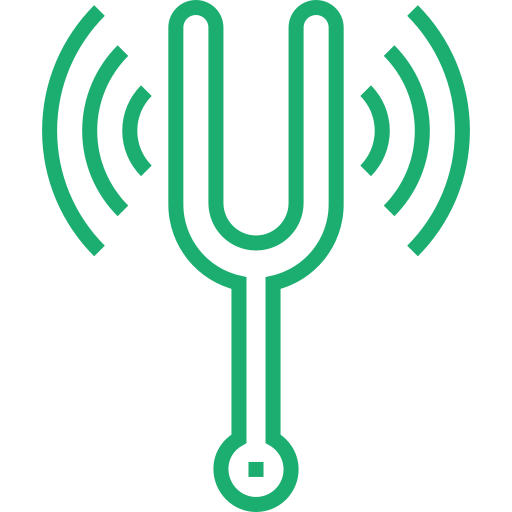
Acoustic Emission Testing (AE)
Detects and analyzes the ultrasonic waves generated by the release of stress within materials or structures, providing valuable insights into their integrity and potential flaws.

Computed and Digital Radiography
Employ digital imaging technology to examine materials and structures for flaws, defects, or quality control.

Eddy Current Testing (ECT)
Employs electromagnetic induction to detect surface and near-surface defects in conductive materials.
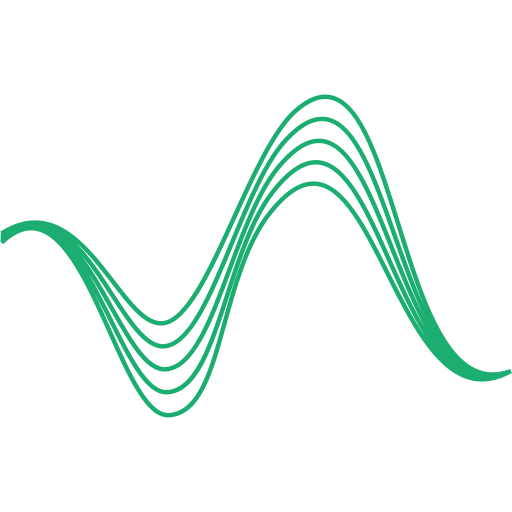
Guided Wave Services (GWT)
Utilized to detect and assess hidden defects or corrosion in pipelines and structures by propagating ultrasonic waves along their length to identify potential issues without the need for physical access.
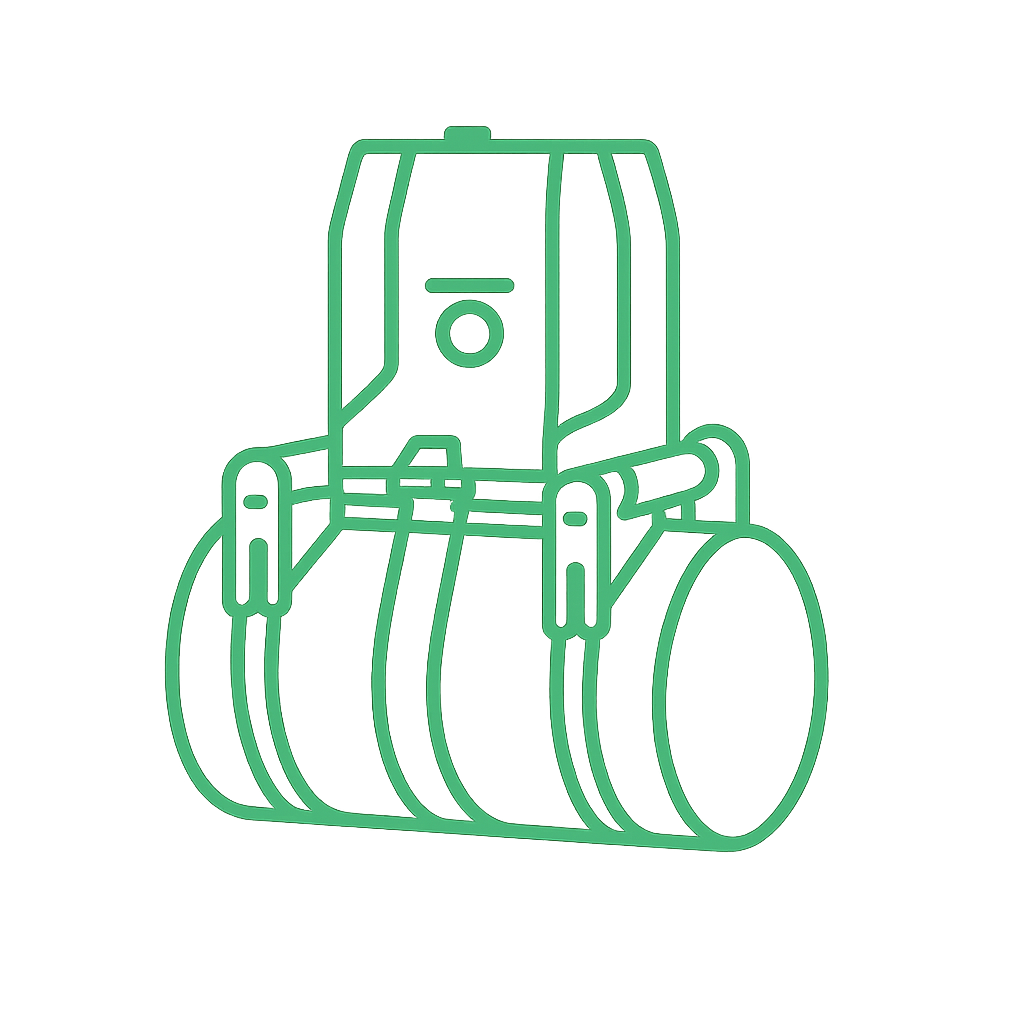
In-Field Material Testing
Field-deployable and non-destructive, the PLX Portable delivers instant, lab-grade yield and tensile strength data.

Infrared Thermography (IRT)
Employed to detect and visualize variations in surface temperature, revealing anomalies such as defects, leaks, or heat distribution issues by capturing and analyzing thermal patterns.

Laser Scanning
Employed to create highly accurate 3D representations of objects or structures, enabling precise measurement and analysis of surface profiles and defects for various industrial applications.
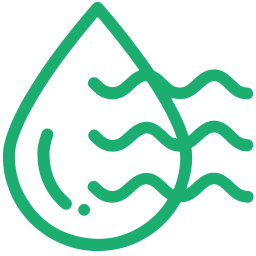
Moisture Detection Imaging (MDI)
Utilizes advanced imaging technology to identify and map moisture or water infiltration within materials or structures, aiding in the detection of potential integrity and performance issues.
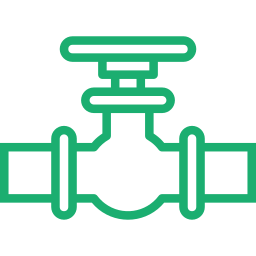
Non-Intrusive/On Stream Inspection Program (NII/OSI)
Allows conducting inspections and assessments of equipment, pipelines, or systems without disrupting their operation, ensuring continuous safety and reliability monitoring in industrial processes.
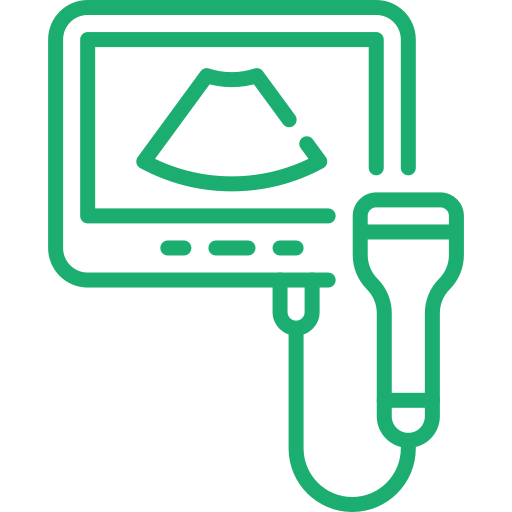
Phased Array Ultrasonic Testing (PAUT)
Use advanced ultrasonic techniques with multiple transducers to electronically steer and focus ultrasound beams, enabling precise inspection and flaw detection in complex geometries and materials.

Remotely Piloted Inspection Systems
Utilize unmanned aerial vehicles (UAVs) or robots to access and inspect hard-to-reach or hazardous areas, enhancing safety and efficiency in inspections for various industries.

Time of Flight Diffraction Technique (ToFD)
Employs ultrasonic waves to measure and analyze the time it takes for diffracted signals to travel through materials, providing precise and detailed information about defects and their dimensions.